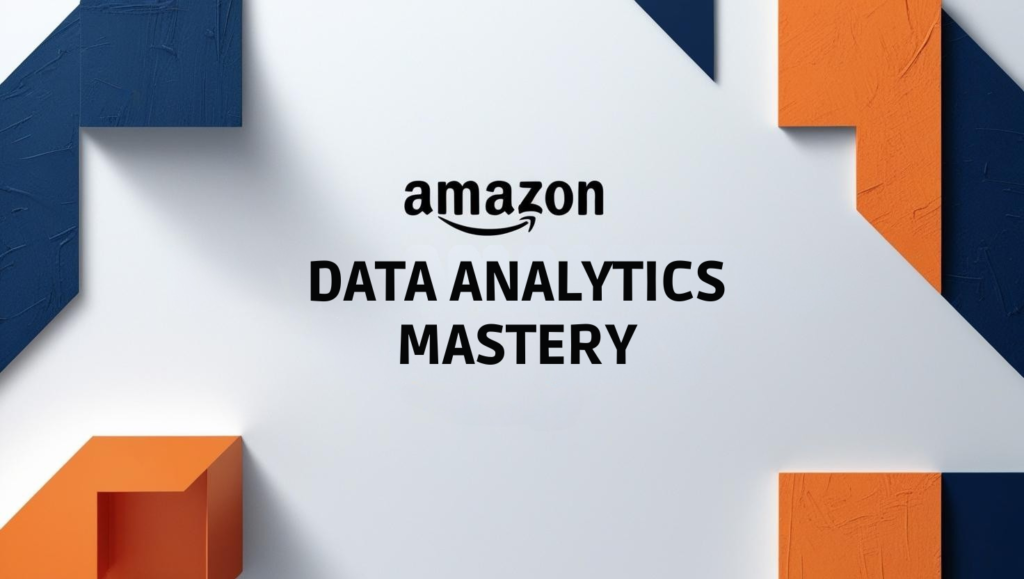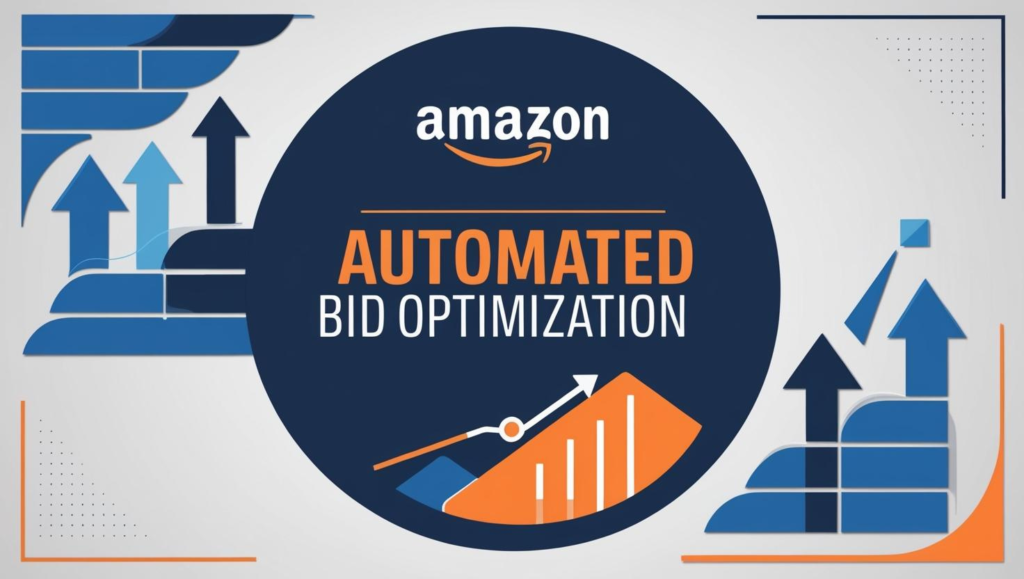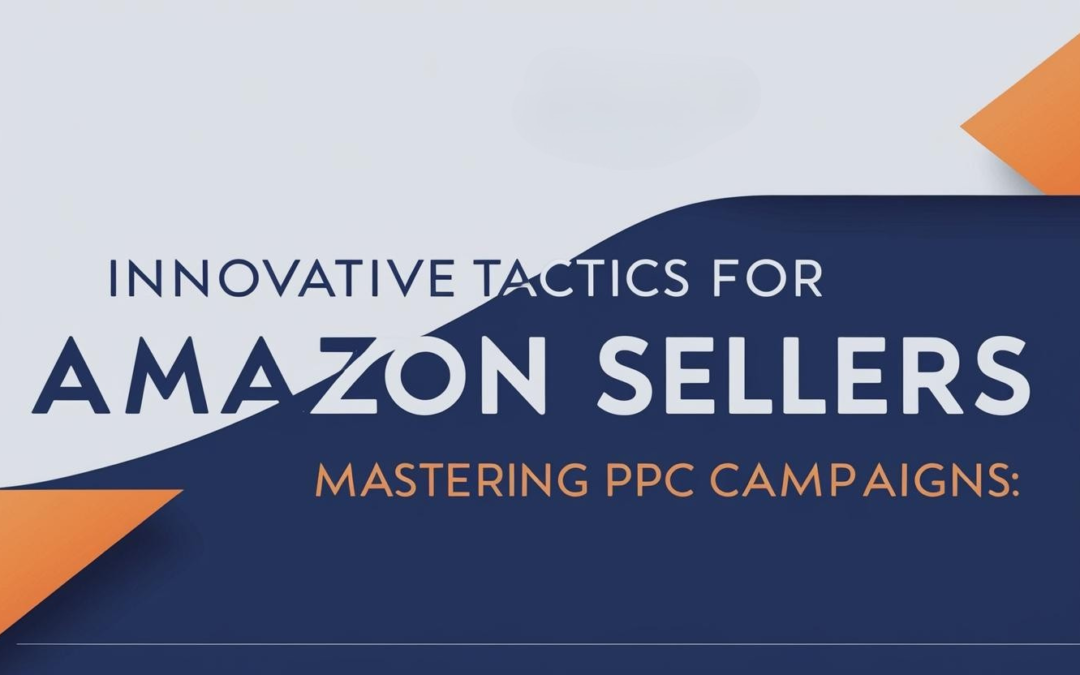Read More
Step-by-Step on SellerADvantage.co.uk
Read on LinkedIn
Read on Medium
Watch on YouTube
Innovative Tactics for Amazon Sellers: Mastering PPC Campaigns
Introduction
In today’s rapidly evolving digital commerce landscape, Amazon PPC advertising has emerged as a cornerstone strategy for sellers striving to capture market share and boost profitability. With a dynamic mix of real-time data analysis, cutting‐edge technologies, and strategic targeting methodologies, Amazon sellers have unprecedented opportunities to engage potential customers directly within the expansive marketplace. Yet, success in sponsored ads requires more than just setting up campaigns—it demands a deep understanding of advanced analytics, continuous optimization, and the creative application of innovative tactics. Sellers must navigate fluctuating bid environments, shifting consumer behavior, and the constant evolution of algorithms. As advertisers contend with intensified competition, a comprehensive and technical approach becomes indispensable to not only survive but thrive in this competitive ecosystem.
As the complexity of the Amazon marketplace grows, harnessing advanced tactics for PPC has become essential for sustainable profitability. The modern seller must delve beyond basic keyword insertion and blanket bid adjustments by integrating data science techniques with creative strategy development. This article examines a spectrum of innovative methods designed to optimize PPC campaigns, from leveraging comprehensive analytics to testing creative ad variations. By bridging sophisticated statistical insights with everyday campaign management, sellers can better predict market trends, refine audience targeting, and ultimately generate higher returns on investment. In an environment where every click can either boost or burden budget allocations, a well-informed, agile approach is critical.
Guided by extensive research and practical insights drawn from industry-leading resources, this article serves as a technical manual for Amazon PPC users. It provides a detailed roadmap that explains how to introduce fresh tactics into campaign strategies while maintaining technical rigor. The discussion herein is structured to deliver actionable steps through a balance of strategic theory and real-world application. Each recommendation is derived from a blend of data-driven analysis, technological innovation, and best practices that have consistently delivered measurable improvements. Whether you are an experienced advertiser aiming to refine your methodology or a newcomer eager to maximize campaign performance, the strategies discussed below are designed to elevate your advertising efforts and drive tangible business results.
10 Key Action Points
 1. Embrace Data Analytics to Drive Ad Strategy
1. Embrace Data Analytics to Drive Ad Strategy
The first step in mastering Amazon PPC campaigns involves the sophisticated use of data analytics. Advanced measurement tools allow sellers to assess key performance indicators such as click-through rates, conversion statistics, and return on ad spend at granular levels. By leveraging custom dashboards and real-time reporting features, advertisers can fine-tune campaigns by identifying which keywords or ad groups generate the best results. This process not only assists in optimizing bids based on performance metrics but also aids in reallocating budget in real time to higher-performing segments. Furthermore, integrating historical data analysis can help predict seasonal trends and forecast market behaviors. The intelligence derived from deep analytics forms the backbone of a responsive and cost-effective advertising strategy that scales with business growth.
2. Utilize Advanced Keyword Research Tools
Keyword research is a critical component of any PPC strategy on Amazon. Adopting advanced keyword research platforms helps sellers to uncover high-performing, niche-specific search terms that drive qualified traffic. These tools provide insights into search volume, competition levels, and buyer intent behind search queries—enabling a more targeted approach to ad campaigns. In addition, modern software often features machine learning algorithms that can suggest long-tail keywords and phrases, optimizing both organic and paid search efforts concurrently. With an expansive keyword list that reflects the evolving consumer search behavior, sellers can construct diverse ad groups and tailor content that directly addresses customer needs. This granular focus on keywords reduces wasted spend and improves both ad placement and overall campaign efficiency.
3. Optimize Campaign Structures for Scalability
A robust campaign structure is fundamental to effective PPC management on Amazon. Structuring campaigns into tightly themed ad groups can significantly enhance performance by ensuring that ads, keywords, and landing pages are tightly aligned. This segmentation not only improves relevance scores but also facilitates scalability by making it easier to test new strategies on specific segments without disrupting the entire account’s performance. Sellers are encouraged to organize campaigns by product lines, seasonal promotions, or buyer intent segments. Such an approach can simplify both budget allocation and performance monitoring while enabling rapid adjustments in response to market trends. A well-organized structure also makes it easier to identify underperforming segments and shift resources where the highest returns are evident.
4. Implement A/B Testing for Continuous Improvement
Continuous optimization in PPC campaigns is best achieved through systematic A/B testing of various elements such as ad copy, creative design, landing pages, and keyword pairings. By comparing two or more versions of the same element, sellers can determine which variables most significantly influence customer behavior and conversion rates. This iterative approach encourages ongoing refinement of campaigns, ensuring that each change is backed by statistically sound data. Experimentation should be embedded as a core practice with controlled tests that isolate specific factors while maintaining consistency in other variables. Over time, cumulative insights from a series of A/B tests allow for the fine-tuning of the advertising mix, ultimately leading to sustained improvements in click-through and conversion rates—thus delivering a strong competitive advantage in a dynamic marketplace.
 5. Enhance Bid Strategies with Automated Solutions
5. Enhance Bid Strategies with Automated Solutions
Automation in bid management is increasingly becoming the linchpin for maximizing return on ad spend. By employing automated bidding strategies, sellers can respond rapidly to competitive bid fluctuations and optimize ad placements without manual intervention. These systems utilize historical performance data and real-time analytics to adjust bids dynamically, ensuring that budget is spent on high-value opportunities. Automated solutions can also incorporate advanced algorithms that predict the optimal bid amount based on various market conditions. This minimizes human error and allows advertisers to allocate their time toward strategic oversight rather than routine bid adjustments. As the marketplace continues to evolve rapidly, automated bid management provides a streamlined way to ensure campaign efficacy even in volatile advertising environments.
6. Leverage Audience Segmentation and Targeting
Fine-tuning target audience segments is another pivotal factor in refining PPC performance. By analyzing customer data and purchase histories, sellers can create highly specific audience profiles that align with distinct buyer behaviors and preferences. This enables the deployment of tailored messages that resonate with particular segments, leading to enhanced relevance and engagement. Sophisticated segmentation strategies may incorporate demographic, geographic, and behavioral data to ensure that ads reach the most receptive audience. In addition, advertisers can leverage lookalike audiences and remarketing lists to capture potential customers who have demonstrated interest previously. The result is a more efficient use of ad spend that drives higher conversion rates and delivers a more personalized shopping experience. Detailed audience segmentation is therefore a foundational practice for achieving sustained competitive advantage in the PPC arena.
7. Integrate Cross-Platform Performance Metrics
Expanding the analysis of PPC campaign success beyond a single platform can provide a broader view of performance. Integrating cross-platform performance metrics—by correlating data from social media, website analytics, and other digital marketing channels—helps in constructing a comprehensive picture of the customer journey. By aligning these insights with Amazon PPC data, sellers can identify patterns and trends that inform both broad marketing strategies and granular campaign adjustments. This integration assists in determining how off-Amazon touchpoints influence purchase decisions, enabling advertisers to refine their messaging and improve overall campaign synergy. A holistic approach also allows for better resource allocation across multiple channels, ultimately leading to enhanced return on investment as companies are able to harness the full potential of their digital marketing ecosystem.
8. Develop Custom Creative Assets for Ad Visibility
High-quality visual and textual creative assets are crucial to stand out in a crowded marketplace. Custom-designed banners, engaging ad copy, and tailored product images contribute significantly to improving ad click-through rates and conversions. Sellers should invest in creative development that aligns with their brand identity while also addressing specific consumer pain points and interests. Regularly updating creative elements to reflect seasonal trends, new product launches, or special promotions can re-energize ad campaigns that may have experienced a plateau in engagement. Experimenting with various creative styles also offers insights into what resonates best with the target audience, thereby informing future asset development. Customized creative assets not only enhance the visibility of ads but also fortify overall brand perception in the competitive Amazon marketplace.
9. Monitor and Adapt to Market Trends
Vigilant market trend monitoring is a key element for staying ahead in the fast-paced world of Amazon advertising. As consumer preferences shift and competitive dynamics evolve, advertisers must remain agile by continuously analyzing trends in product demand, pricing strategies, and emerging competitor tactics. Tools that offer real-time insights and predictive analytics become essential for anticipating these changes before they significantly impact campaign performance. By establishing a consistent review process, sellers can quickly adjust their strategies to reflect new market dynamics. This might involve re-calibrating bids, updating keyword lists, or even pausing and relaunching campaigns to capitalize on emerging trends. In essence, the proactive adaptation to market shifts ensures that the campaigns remain relevant, effective, and capable of delivering long-term business success.
 10. Invest in Ongoing Training and Technological Upgrades
10. Invest in Ongoing Training and Technological Upgrades
The digital advertising landscape, particularly within Amazon’s ecosystem, is continuously evolving, making ongoing education and technological investments imperative. Sellers who prioritize training—both in-house and through external certification programs—tend to outperform competitors who rely on outdated practices. Embracing new platforms, software tools, and technical developments ensures that campaigns remain at the cutting edge. Technological upgrades such as enhanced analytics suites, automated management platforms, and AI-driven optimization tools not only streamline operations but also provide a competitive advantage. Ongoing training initiatives help teams stay updated with the latest industry standards and regulatory requirements, while investment in technology ensures that every facet of the PPC campaign is optimized for efficiency and efficacy. This approach fosters an environment where learning and innovation become constant partners in achieving superior advertising outcomes.
Final Thoughts
In summary, mastering Amazon PPC campaigns is an ongoing process that demands a blend of technical proficiency, creative agility, and strategic foresight. The tactics outlined above provide a comprehensive framework for sellers who wish to revamp their advertising strategies. By investing time in data analytics, refining keyword targeting, and automating bid processes, advertisers can achieve a remarkable improvement in campaign performance. Moreover, the integration of cross‐platform insights and adaptive creative strategies ensures that sellers remain competitive amid evolving market trends. Ultimately, the commitment to continual learning and technological enhancement establishes a resilient foundation for success in the competitive landscape of Amazon advertising. Embracing these innovative tactics not only yields immediate benefits in ad performance but also paves the way for sustained growth and long-term profitability.
Any follow helps us out a lot – Thank-You!
If you like this article and want to explore further insights, discuss collaborative opportunities, or simply connect, please feel free to reach out to me on any of the following :
Social Media
Connect on LinkedIn
Follow on LinkedIn
Follow on Medium
Subscribe on YouTube
Work With Us
Hire Us on fiverr
Hire Us on upwork
Contact Us
🔴 Book a FREE PPC Audit 🔴




